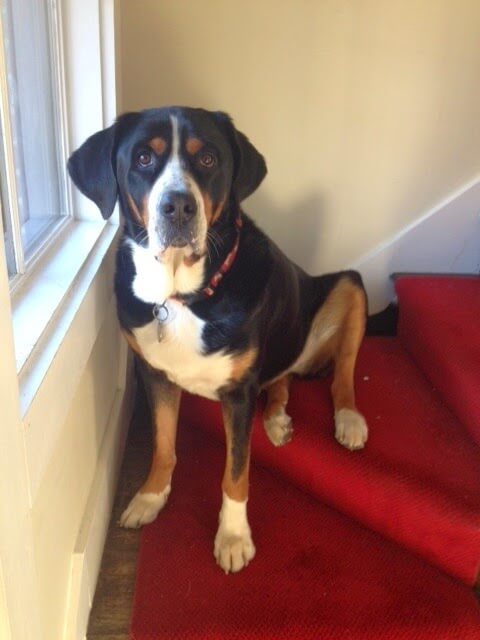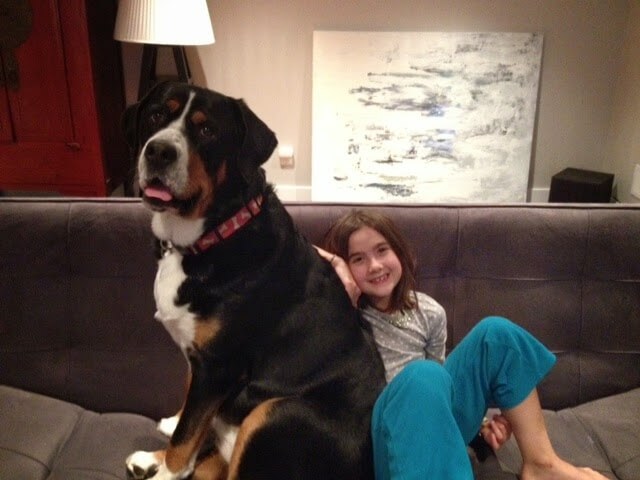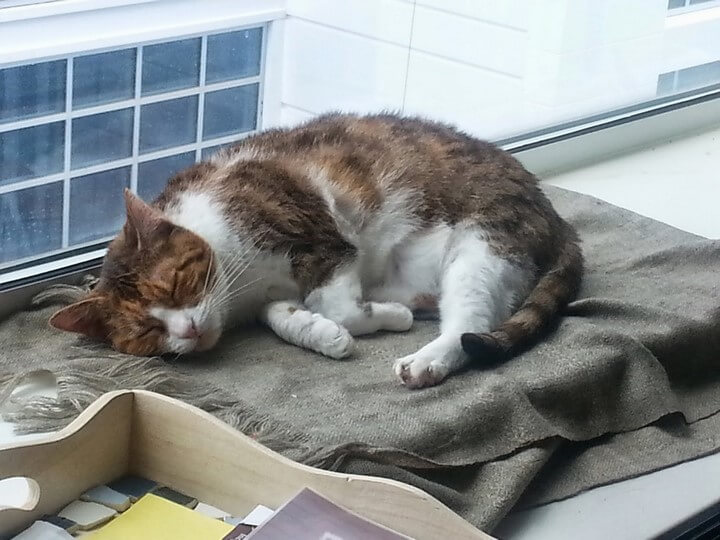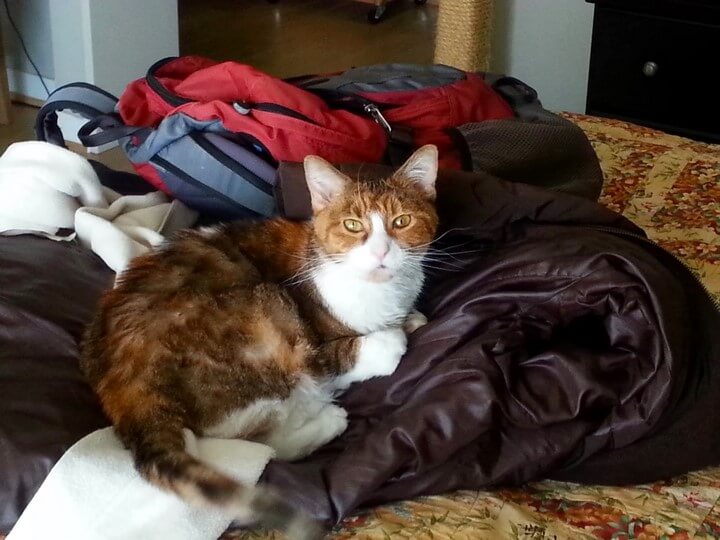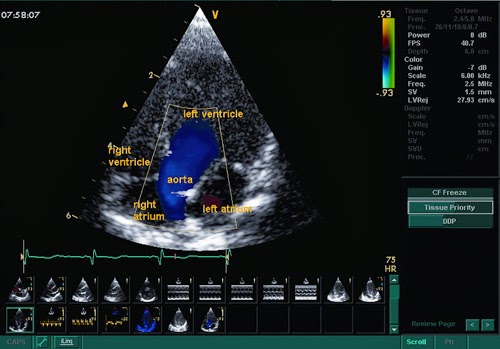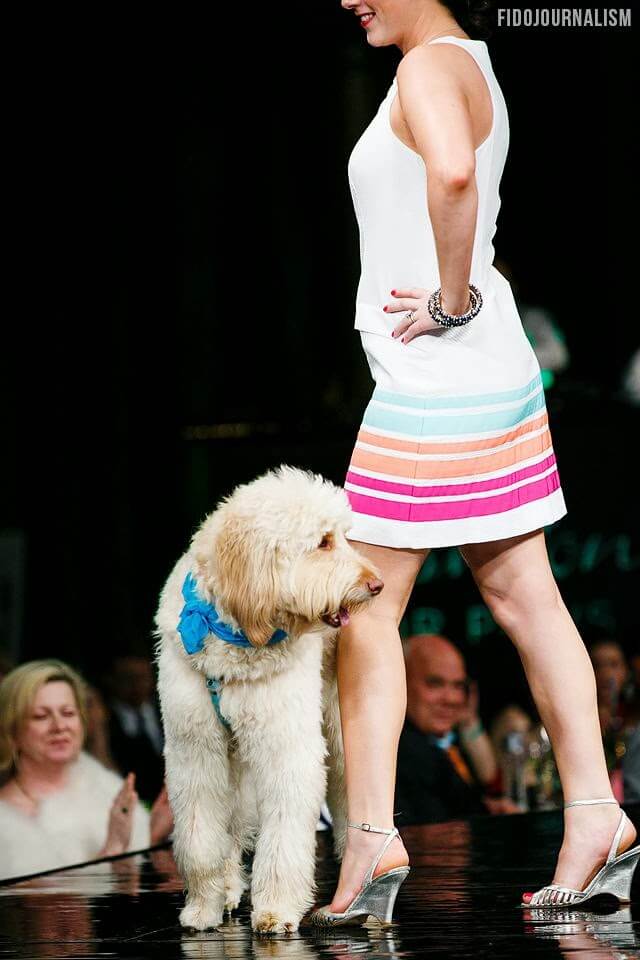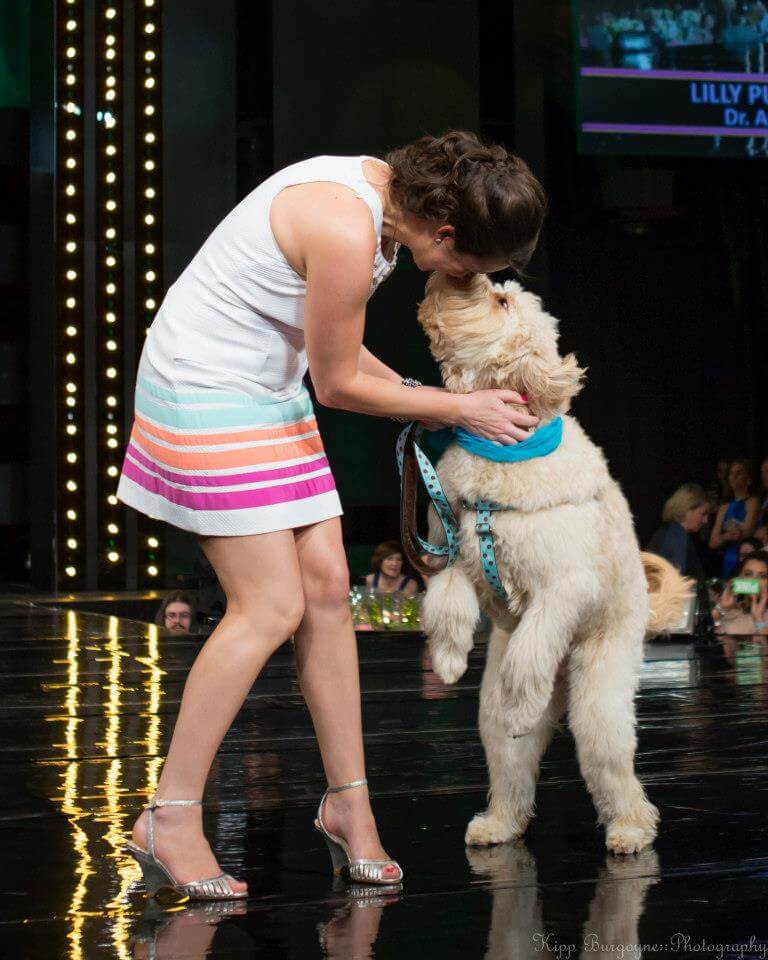Losing weight is hard.
It is hard for us and it's really hard for our pets. Given that fact, I am
very excited to report a weight loss success story! Toby is a 3-year-old
Greater Swiss Mountain dog that I have been seeing since she was a tiny
puppy. Last spring at her annual
exam Toby’s owner and I discussed that she had gained quite a bit of weight
over the winter. She was weighing
in at 129 pounds and on physical exam she was quite chunky. She was eating an adult formulation of
dry food at the correct amount for her body weight. We decided to switch her to a light formula and increase her
activity.
Toby came back in 6 months for a recheck and had only lost 2
pounds. At this point we switched
to Hill’s Prescription Metabolic food and enrolled her in the Hill’s Healthy
Weight Protocol. Hill’s created this
online program with University of Tennessee to establish a better system for
evaluating body fat in overweight animals. The Metabolic diet was designed using nutrigenomics to
affect gene expression by working with the animal’s metabolism for more
effective weight loss.
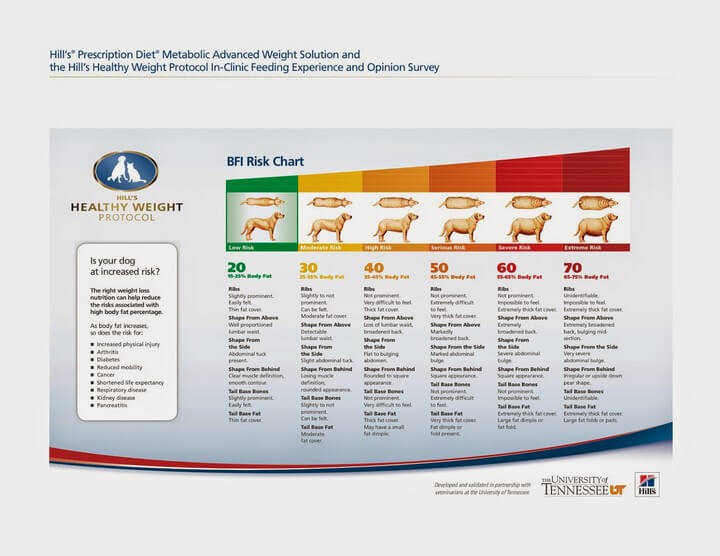 |
| Click on picture for full image |
We started by taking a few measurements and plugging it into
the online program which then told me that based on her breed, body
measurements and weight Toby’s body fat index was 43% and her ideal weight was
90 pounds. Toby was allowed to eat 1 can and 31/4 cups dry Metabolic
prescription food per day. This
was a lot more than the 2 cups daily she was allowed on the adult light
food. Her owner reported that she
loved the food and we were off and running.
After eating the Hill’s Metabolic for 6 month I am thrilled
to report that Toby is down to 112 pounds. That is a loss of 15 pounds! We are going to keep going and try to get down to about 100
pounds, which I think will be ideal for her. Once she reaches her target weight we can continue feeding
Metabolic and Toby get even more food each day to maintain her ideal
weight. I don’t know many dogs or
people who would turn down that deal!






